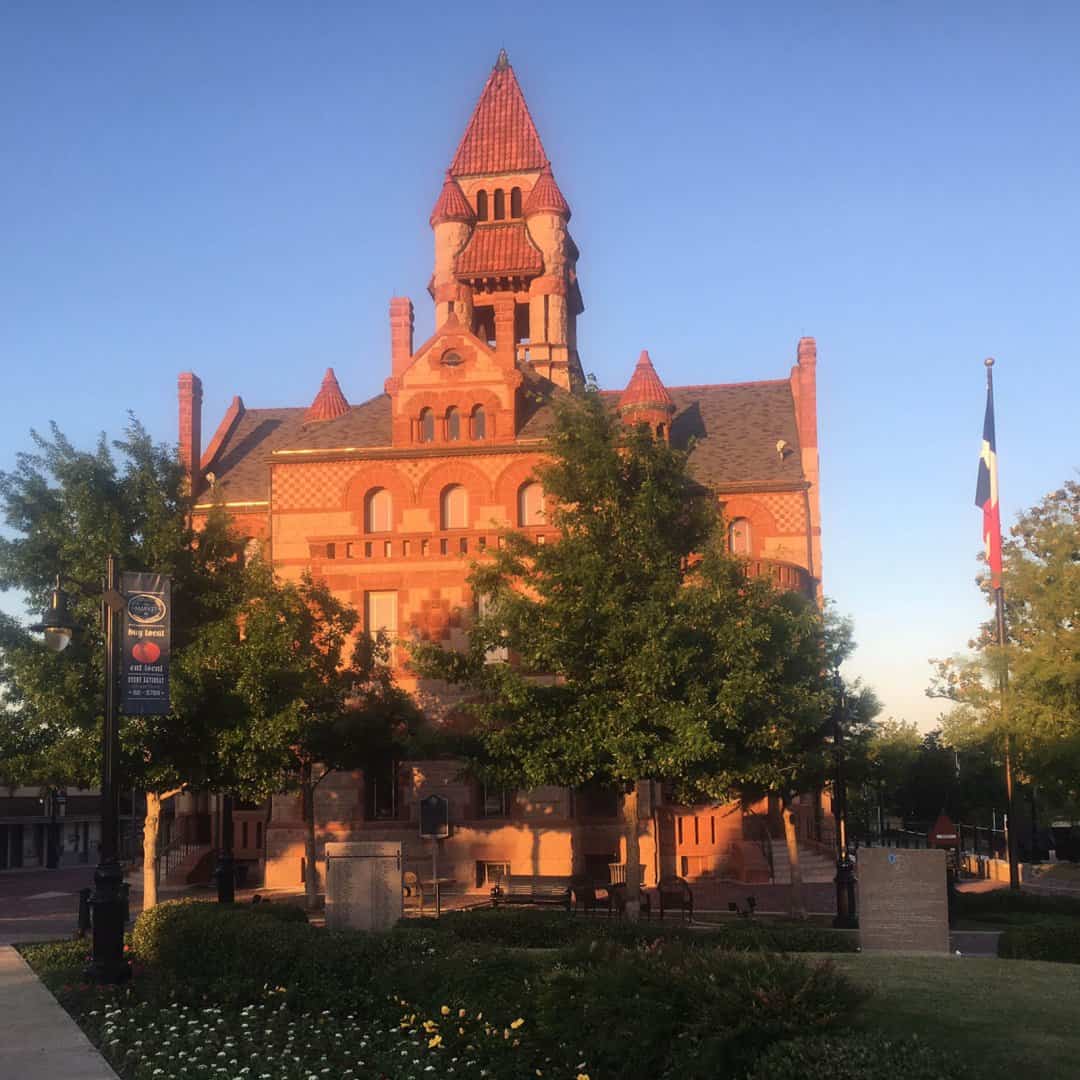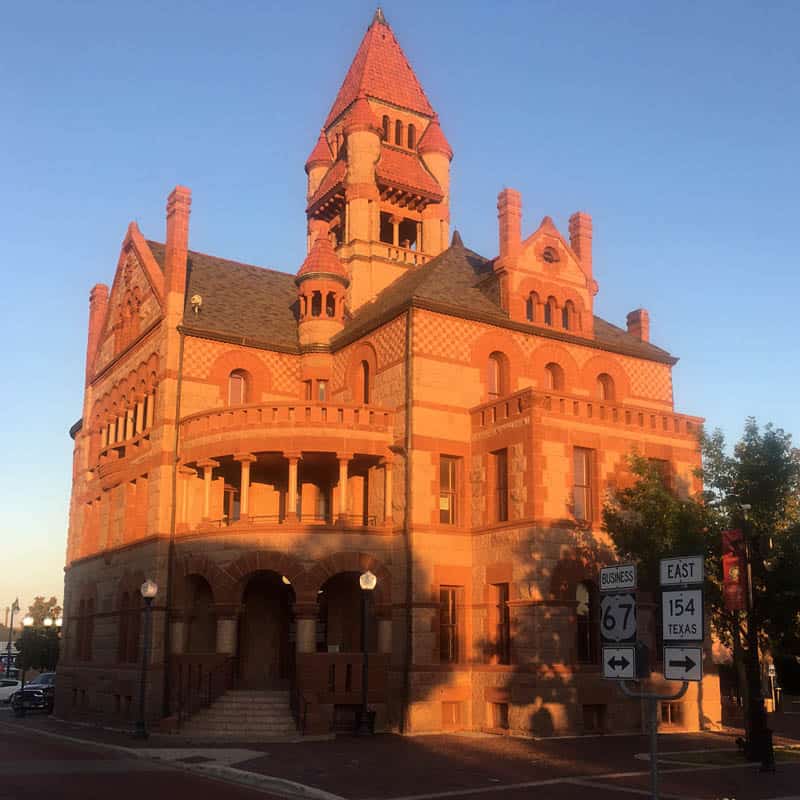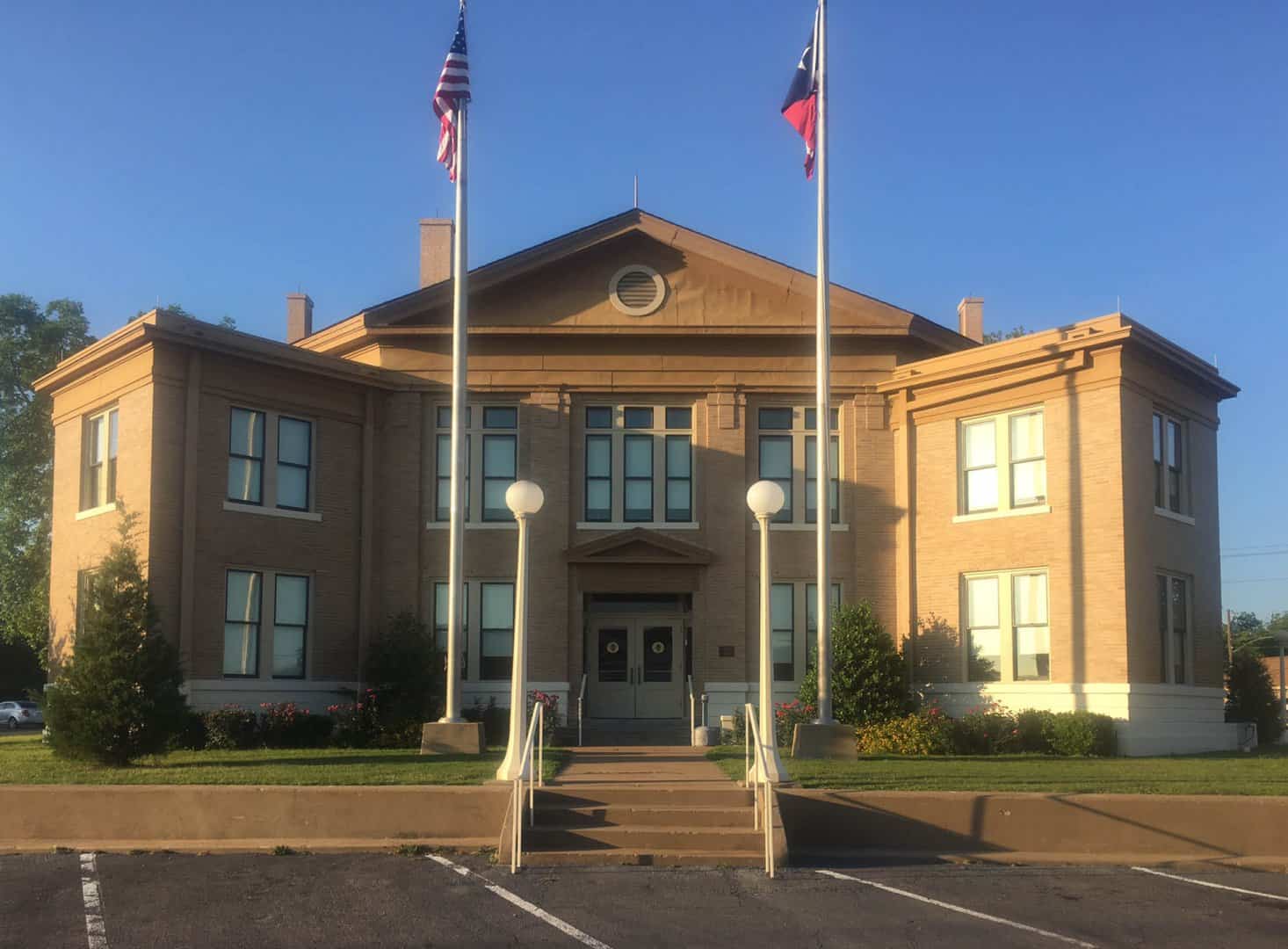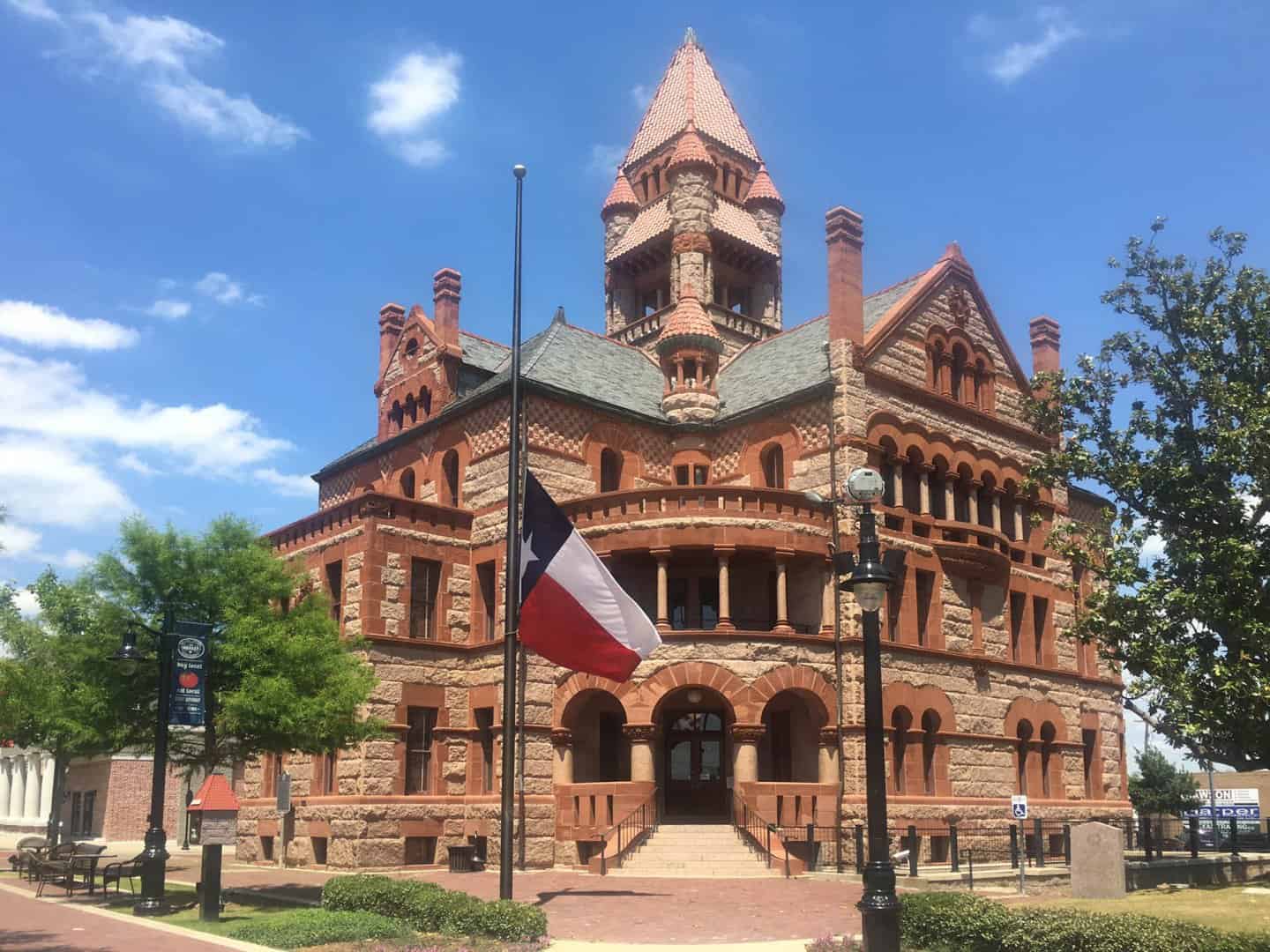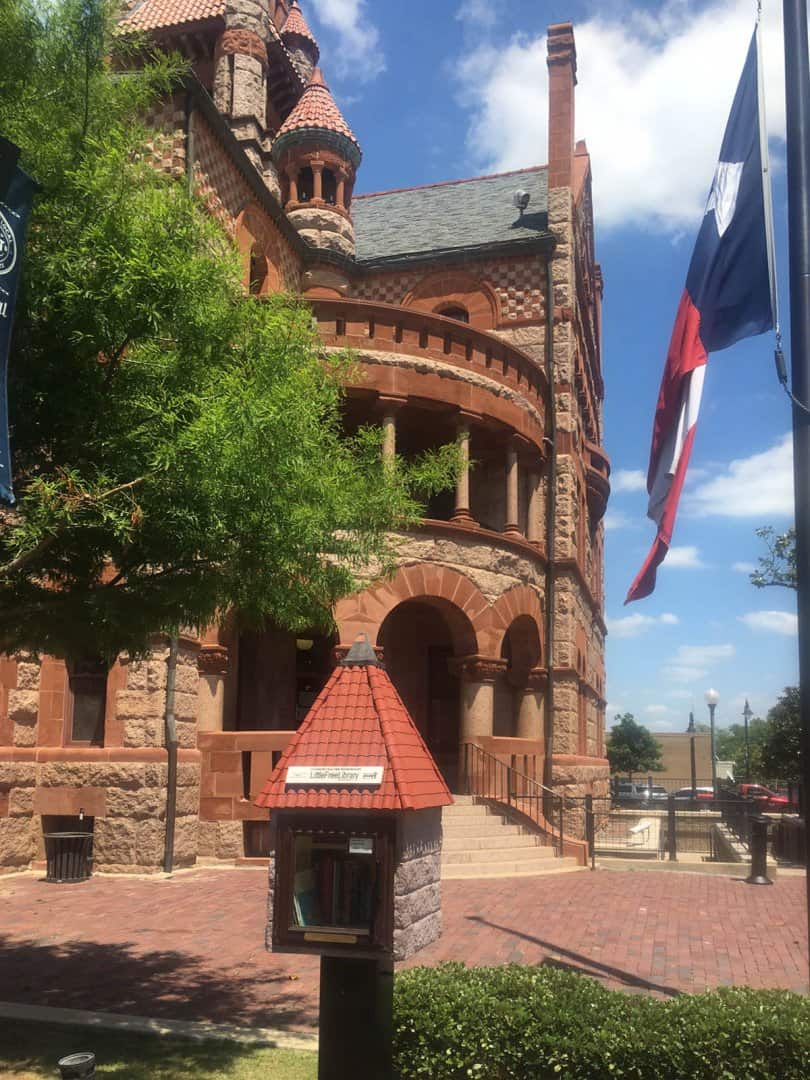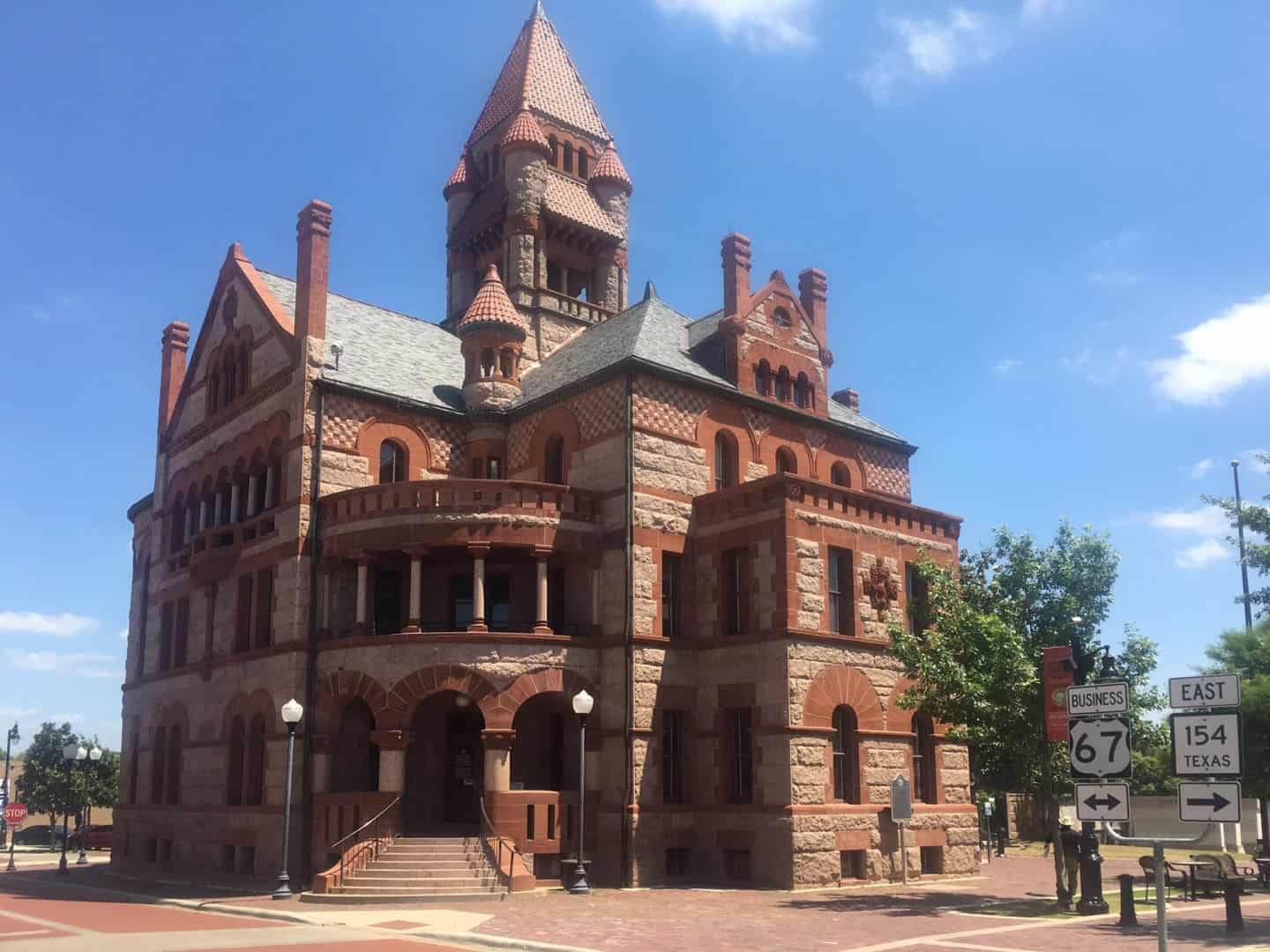I was on my way elsewhere today, but passing through Sulphur Springs had to stop to see the Hopkins County Courthouse which was designed by the San Antonio architect James Riely Gordon. Mr. Gordon built a reputation based upon the Texas courthouses he designed and then .... moved to New York.
It [kinda] reminds me of this:
https://en.wikipedia.org/wiki/Church_of_the_Savior_on_Blood
I visited it in 2005, and the inside is even wilder than the outside.
Loyal
This sketch of James Riely Gordon's professional career is interesting is different ways, but mainly to me in how it shows how fluid membership in the professions was at one time.
"James Riely Gordon was born in Winchester, Virginia in 1863. At age 11 he moved with his family to San Antonio in 1874. He worked for the Civil
Engineering Corps of the International and Great Northern Railway before apprenticing in the architectural office of W.K. Dobson of San Antonio. He gained invaluable experience in the design of public buildings while supervising construction of the U.S. Post Office and Courthouse in San Antonio (1888-1889). By the mid-1880s he had opened his own office. For a brief period, he established a partnership with D.E. Laub (Gordon and Laub Architects) in San Antonio from 1890 to 1891. By the late 1890s Gordon established the J. Riely Gordon Company in Dallas and shortly thereafter moved to New York City where he entered into a brief practice with Alfred Zucker in 1902. He was later associated briefly with Evarts Tracy and Egerton Swartwout in the firm of Gordon Tracy and Swartwout Architects (c1905). He continued to successfully design county courthouses across the eastern seaboard."
Loyal, post: 428354, member: 228 wrote: It [kinda] reminds me of this:
Mr. Gordon's style was more American than that. He was really working the vein that Henry Hobson Richardson had discovered and partially mined in an earlier period.
Kent what's the Hopkins courthouse built of? Local stone? Two distinct types?
Curious why courthouses are such lavish architecture.
I imagine other buildings are similar.
Very interesting structures.
Do original architectural drawings exist? I've seen some of our early buildings and they're a site to behold.
Standing at the original intersection of Hwy 67 and Hwy 154, the Hopkins County Courthouse stands out from every other structure in most of NE Texas.
33?ø08'17.69" N, 95?ø36'03.07" W
*check out GE streetview and note the destruction of the original bricked streets during the most recent roadwork.
Richard, post: 428434, member: 833 wrote: Kent what's the Hopkins courthouse built of? Local stone? Two distinct types?
Curious why courthouses are such lavish architecture.
I imagine other buildings are similar.
Very interesting structures.Do original architectural drawings exist? I've seen some of our early buildings and they're a site to behold.
The County Courthouses were, arguably after any railroad depots, the most important buildings in the county. In Texas, government was decentralized with counties in charge of:
- the surveying of lands,
- criminal and civil law trials,
- establishement of roads,
- organization of schools and school districts, and
- collection of taxes.
In an age fraught with boosterism after the arrival of railroads and the accumulation of piles of money in the hands of some of the citizens, the county courthouse was also both an advertisement and article of faith that there was more to come.
In the case of the Hopkins County Courthouse, the building stone used appears to be identical to that used on other courthouses that J. Riely Gordon designed in Fayette and Bexar Counties. As far as I know, there are no local sources of that stone in two of the three places and all are in cities on one or more railroad lines, so I'd think it was probably mostly fabricated elsewhere and shipped in.
BTW, I stopped by Sulphur Springs on the way back to Austin today and found that the light was even more interesting in the early afternoon when I was there than it had been later the day before. The higher sun angle cast shadows that picked out the rustications on the stones as well as many other details on the building facade, and without the color shift toward the red end of the spectrum that the photos from late yesterday had captured.
Here are a couple more (better) photos of the Hopkins County Courthouse designed by J. Riely Gordon of San Antonio, built in 1895.
The courthouse sits on one edge of a plaza with some landscaping that obviously was the work of architects instead of County Commissioners. One of the quirky things was this little box the size of a (large) birdhouse housing a free library. The amusing feature of the box, though, was how it had been modified by some inspired individual to mimic the building design behind it.
Richard, post: 428434, member: 833 wrote: Kent what's the Hopkins courthouse built of? Local stone? Two distinct types?
Curious why courthouses are such lavish architecture.
I imagine other buildings are similar.
Very interesting structures.Do original architectural drawings exist? I've seen some of our early buildings and they're a site to behold.
To extend my remarks above a bit, the Texas county courthouses are the equivalent of the following elements of Antipodean government all rolled into one:
- Land Titles Office,
- Registry of Deeds/Titles,
- Law Courts,
- Ministry of Transport,
- Ministry of Education,
- Department of Internal Revenue.
The County Clerk was also the registrar of Marks and Brands used by stockmen, so there may be another Aussie Ministry to be added into the mix as well.
Kent McMillan, post: 428454, member: 3 wrote: The County Courthouses were, arguably after any railroad depots, the most important buildings in the county. In Texas, government was decentralized with counties in charge of:
- the surveying of lands,
- criminal and civil law trials,
- establishement of roads,
- organization of schools and school districts, and
- collection of taxes.
Was the Court House like a seat of Local (County) Government?
I'd just envisaged they were where the local bad boys were tried and despatched.
But I could imagine their use incorporating those other judicial activities within same (expansive) building.
Richard, post: 428462, member: 833 wrote: Was the Court House like a seat of Local (County) Government?
I'd just envisaged they were where the local bad boys were tried and despatched.
But I could imagine their use incorporating those other judicial activities within same (expansive) building.
It typically mainly functioned as administrative offices housing various functions, including the following:
- County Clerk,
- County Tax Assessor-Collector
- County Surveyor,
- County Judge
- Meeting room for the County Commissioners to conduct public business related to roads, bridges, schools, taxes, sale of bonds, and such.
- County Courts (Criminal and Civil, including Probate).
Footnote:
The building stone appears to be a mixture of red sandstone and granite. The granite, if quarried in Texas, is definitely not local, but came from a quarry hundreds of miles away.
Thanks for the photos Kent....great looking buildings.
Gordon's building at 36 Gramercy Park East is a great example of early apartment living in Manhattan.
There are two knights in shining armor greeting visitors and mailmen.
Sad to say, our baseball trip was postponed due to kidney surgery of the "other wife".
Our mini tour of central Texas will have to wait a year or two.
sicilian cowboy, post: 429647, member: 705 wrote: Thanks for the photos Kent....great looking buildings.
Gordon's building at 36 Gramercy Park East is a great example of early apartment living in Manhattan.
There are two knights in shining armor greeting visitors and mailmen.Sad to say, our baseball trip was postponed due to kidney surgery of the "other wife".
Our mini tour of central Texas will have to wait a year or two.
I'm sorry to hear that, but Texas will still be here and I'll be sure to mention a few more places that should be on the list when you finally make it.
